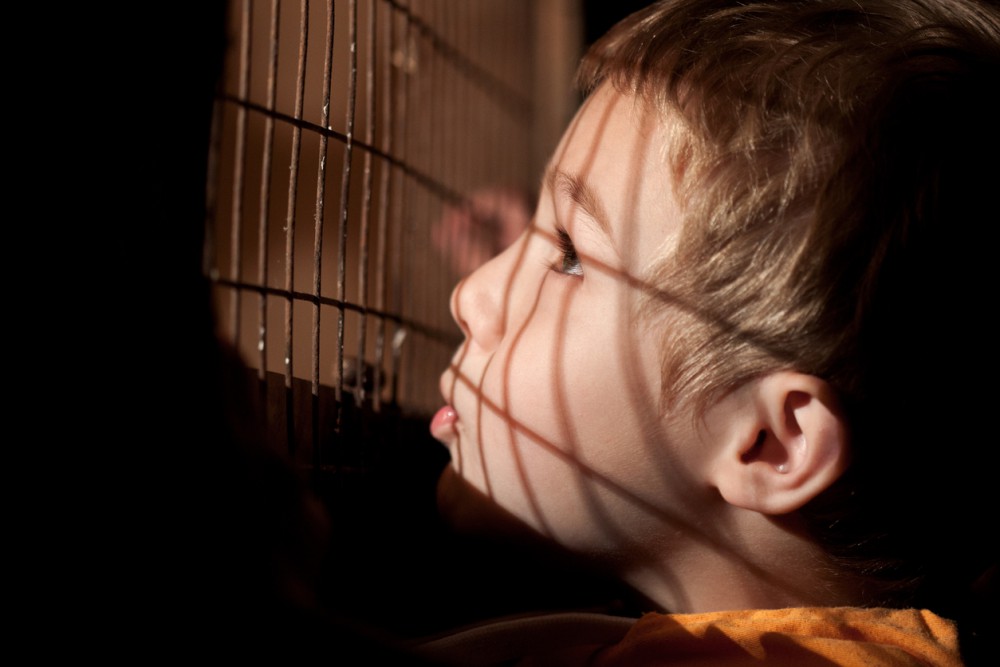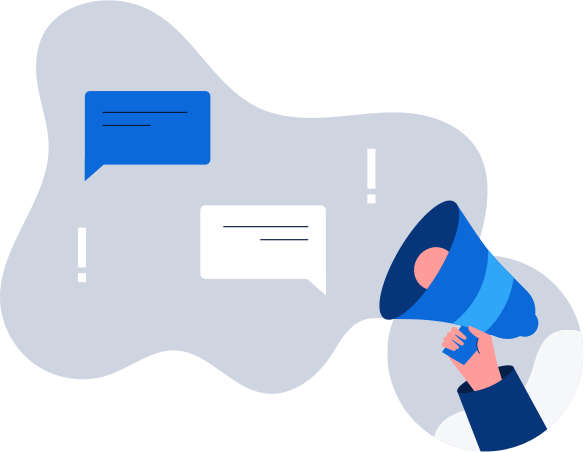How to get a Finnish IP address
The easiest way to improve your digital privacy is to switch your IP address using a VPN. We’ll …

Every time I heard the words “human trafficking” I thought of Hollywood movies or of people being trafficked overseas. For the longest time, I never thought of it being ripe here in the U.S. Perhaps that was naive on my part, or maybe we just don’t talk about it enough. But it is an issue, and social media is making it worse.
Today, it doesn’t matter what race you are, where you live, or your economic situation. Technology like social media has enabled traffickers to reach everyone.
It wasn’t until I met Anne, a woman my age who was trafficked from Colombia into the United States against her will for prostitution, that I realized how much of a problem trafficking is. Anne was 17 when she was forced against her will to move to the U.S.
In September 2017, the International Labor Organization (ILO) estimated that 24.9 million men, women, and children were victims of human trafficking around the globe.
Anne’s story opened my eyes to the threat. Thankfully, she was able to contact authorities and break free from her abusers who held her hostage for more than 6 years.
In honor of National Human Trafficking Awareness Day, I researched data about catfishing and human trafficking, specifically pertaining to teens. The stories I read are alarming.
According to the United Nations, human trafficking is broken down into three elements:
As social media platforms become prevalent across the world, the threat of human trafficking is rising. Catfishing, as seen on MTV’s show, might sound relatively none threatening at first glance. But posing as a different person online is the first step for human traffickers. With today’s technology, kids from all walks of life are vulnerable to people who pose online as friendly teens to lure them into a conversation — and, eventually, meeting them in person.
Regardless of where you live, social or economic status, if you are online you are always at risk of communicating with someone who is pretending to be someone else. Millions of people fall for catfishing scams every year;
Parents and kids should be aware of the risks. Parental control on a teen’s device is not enough to protect them from being contacted and lured by a human trafficker. There are plenty of ways to communicate online, whether it’s via a tweet, a direct message, in a gaming chat room, etc. The ways a trafficker can initiate conversations with a minor is endless.
Polaris, a nonprofit working to combat modern-day slavery and human trafficking, reported a 13% jump in identified cases from 2016 to 2017 in the U.S. The organization reported that the number of human trafficking victims in the U.S.
Here are a few tips to avoid a human trafficking tragedy:
Education. Research details about human trafficking and
Limit the details. Never share your personal information with anyone you meet online. If someone is probing you for information, that should be a red flag.
Ask them to Skype or Facetime. If someone is unwilling to show their face that is another red flag.
Protect your own identity with Hotspot Shield. Hotspot Shield is a free app that keeps you anonymous online. This prevents hackers or scammers from tracking your every move.
Human trafficking doesn’t only happen to kids from underprivileged families living in poverty, or to people residing overseas. Thanks to the rise of technology, human trafficking is taking place throughout the U.S., to children from all walks of life.
Have the discussion with your loved ones today about internet safety and the threat of human trafficking. Download Hotspot Shield on your devices and make sure your information is safe from hackers, traffickers, and anyone looking to do you harm.

